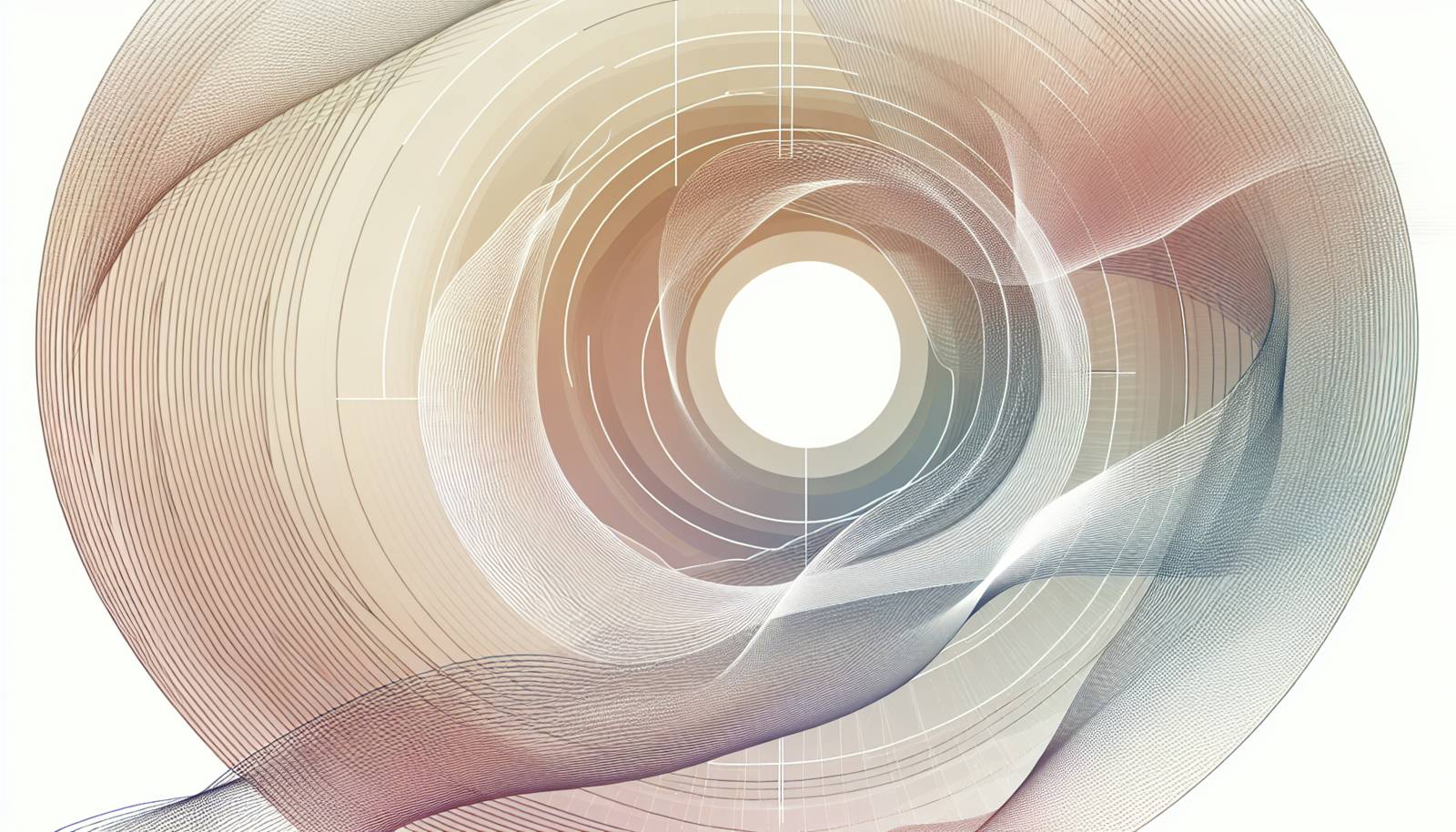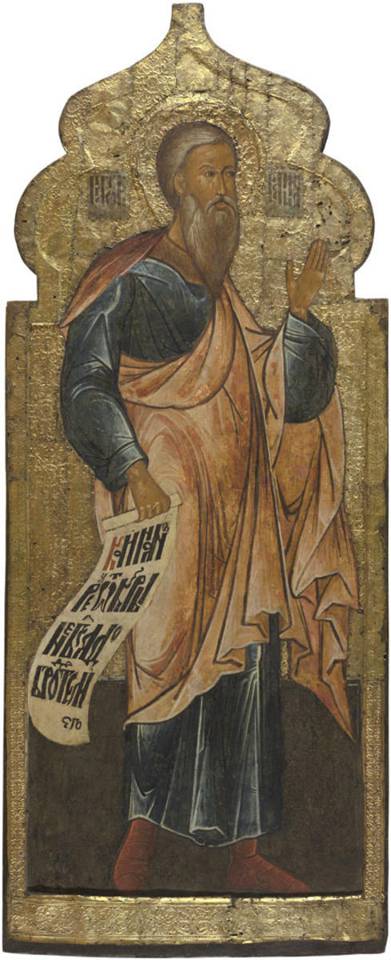
FAQ About The Role of Iconography in Religious Art

What is religious iconography?
Religious iconography refers to the visual images, symbols, and motifs used in art to represent religious themes, deities, stories, or concepts. It often involves specific iconographic traditions that have developed within various religions, contributing to the conveyance of religious narratives and teachings through art.

Why is iconography important in religious art?
Iconography is crucial in religious art as it serves as a visual tool to convey complex spiritual themes and doctrines. It aids in establishing a connection between the viewer and the divine, often used for worship, instruction, or storytelling within religious contexts. The symbolism associated with specific icons helps communicate religious beliefs and practices, making them more accessible and understandable to adherents.

What are some common symbols found in Christian iconography?
Common symbols in Christian iconography include the cross, representing Jesus' crucifixion and salvation; the fish, an early Christian symbol; the dove, representing the Holy Spirit; and the lamb, symbolizing Jesus as the Lamb of God. These symbols are widely used to express key aspects of Christian theology and beliefs.

How does Islamic art utilize iconography?
Islamic art uses geometric patterns, arabesques, and calligraphy rather than figural representations to convey spiritual messages, due to aniconism (the avoidance of images of sentient beings) in Islamic tradition. Calligraphy is particularly significant, with verses from the Quran often beautifully inscribed to enhance the spiritual and aesthetic experience.

What role does iconography play in Hindu religious art?
In Hindu religious art, iconography is integral to depicting deities, myths, and cosmologies. Each deity is shown with specific attributes, postures, and symbols, such as Vishnu with a conch and a discus, or Shiva with a trident. These elements help convey the unique qualities and stories associated with the deities, facilitating worship and meditation.

How has Buddhist iconography evolved over time?
Buddhist iconography has evolved from early symbolic representations, such as the wheel of Dharma and the lotus flower, to more anthropomorphic depictions of the Buddha and bodhisattvas. This evolution reflects the spread of Buddhism and its adaptation to various cultural contexts, where artistic traditions integrated local styles and motifs while preserving core religious symbols.

What is the significance of iconography in Jewish art?
Jewish art historically minimizes anthropomorphic and divine imagery due to the Second Commandment. Instead, it focuses on biblical symbols like the Menorah, the Star of David, and the Ark of the Covenant. These symbols provide a means to express faith and cultural identity without direct human or divine representations.

Can the same icon have different meanings in different religions?
Yes, the same icon can have different meanings across religions. For instance, the lotus flower is a symbol of purity and enlightenment in Buddhism but represents creation and beauty in Hinduism. Such differences highlight how religions adapt and assign distinct meanings to shared symbols based on their unique theological and cultural perspectives.

What challenges exist in interpreting religious iconography?
Interpreting religious iconography can be challenging due to cultural, historical, and contextual variations. Symbols might have different meanings or significance based on the historical period, region, or specific religious sect. Moreover, understanding the intended message often requires familiarity with the religious texts and doctrines associated with a particular faith.

How have modern artists incorporated religious iconography?
Modern artists often incorporate religious iconography to explore themes of spirituality, identity, and social issues. They may reinterpret traditional symbols to address contemporary contexts or blend elements from different religious traditions to reflect multicultural societies. Such works provoke dialogue and offer new insights into the role of religion and spirituality in today's world.

Are there universal symbols in religious iconography?
While some symbols like the circle or light have universal meanings often associated with eternity or divinity, most religious symbols are specific to individual faiths. However, certain themes like the struggle between good and evil or the journey of the soul can be found across different religious iconographies, attesting to shared human experiences and seeking transcendent meanings.

What is an aniconic tradition in religious iconography?
An aniconic tradition is one where religious beliefs restrict or discourage the use of human or divine imagery. Instead, such traditions might use abstract or symbolic forms, such as geometric patterns, calligraphy, or non-representational art, to convey spiritual messages. Islam and Judaism are examples of religions with strong aniconic traditions.

How does iconography differ from symbolism in religious art?
Iconography refers specifically to the study and interpretation of visual images and symbols in art, particularly religious art, focusing on the purpose, meaning, and context. Symbolism, on the other hand, is a broader term that refers to the use of symbols to represent ideas or concepts within any form of art, literature, or communication. While iconography always involves symbols, symbolism is not limited to visual media.

What influence has Byzantine art had on religious iconography?
Byzantine art significantly influenced Christian religious iconography, especially in Orthodox Christianity. It established iconic styles featuring flat, frontal, and stylized depictions of Jesus, Mary, and saints, aiming to convey spiritual rather than physical realism. The use of gold backgrounds and hierarchical composition in mosaics and paintings also became defining features of Byzantine iconographic tradition.

In what ways does iconography contribute to religious education?
Iconography serves as a powerful educational tool in religion by illustrating stories from sacred texts, elucidating theological concepts, and providing visual aids for meditation and prayer. Art depicting religious themes aids in teaching complex spiritual lessons in an accessible manner, making it easier for believers to understand and engage with their faith.

How do cultures influence religious iconography?
Cultures influence religious iconography by introducing local artistic styles, motifs, and symbols that blend with religious themes. As religions spread, they adapt to new cultural environments, and their iconography evolves to reflect these changes. This process results in diverse artistic expressions within the same religious traditions, showcasing both unity and diversity.

What is the role of color in religious iconography?
Color plays a crucial role in religious iconography, often carrying specific symbolic meanings. In Western Christianity, blue can symbolize purity and heaven, while red represents love and sacrifice. In Hinduism, each deity is associated with certain colors that convey their attributes, like blue for Krishna indicating divine joy. Colors enhance the spiritual messaging and emotional impact of religious artworks.

How does iconography aid in personal spirituality?
Iconography aids in personal spirituality by providing a visual focus for meditation and prayer. It helps individuals connect with divine aspects and religious narratives emotionally and spiritually. Through contemplation of icons or artworks, believers often find inspiration, solace, and a sense of presence with the divine, enriching their personal practice and spiritual growth.

What are some contemporary challenges in preserving religious iconography?
Preserving religious iconography faces challenges such as deterioration due to age and environmental factors, loss of traditional techniques, and sometimes, cultural conflicts regarding the representation of religious images. Efforts must balance respecting religious significance while employing modern conservation methods to maintain artworks for future generations.

How does digital technology affect religious iconography?
Digital technology impacts religious iconography by allowing for the creation, modification, and widespread dissemination of religious images. It enables artists to develop new forms and styles, blending traditional motifs with digital mediums. Online platforms also provide vast accessibility, raising awareness and fostering inter-religious dialogue about religious art.
